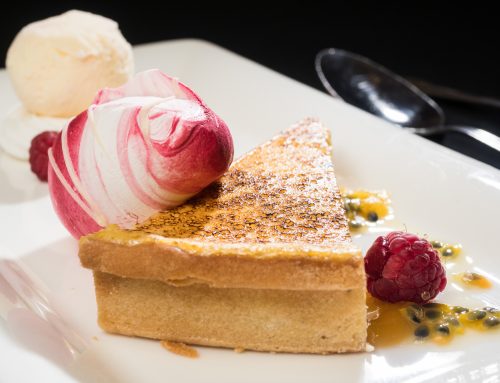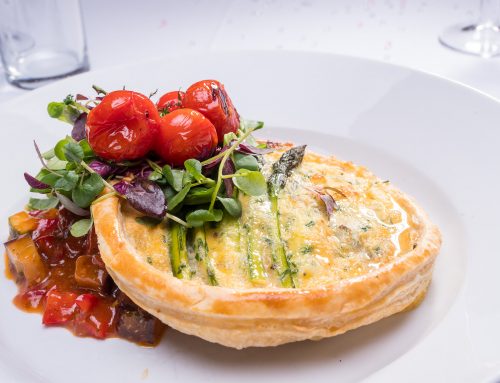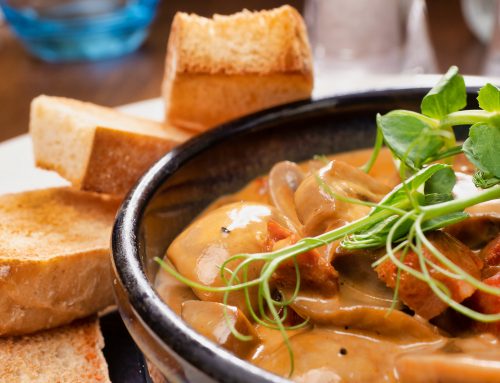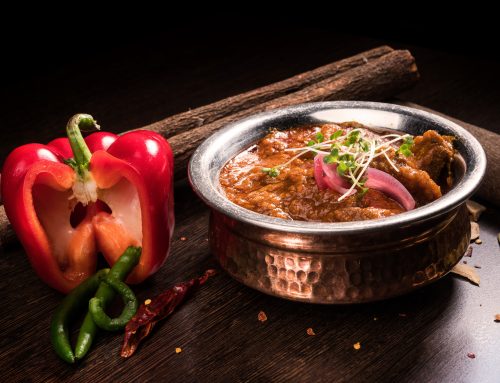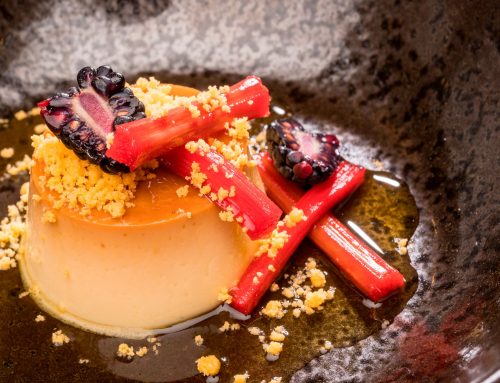Food Photography Hyde Manchester
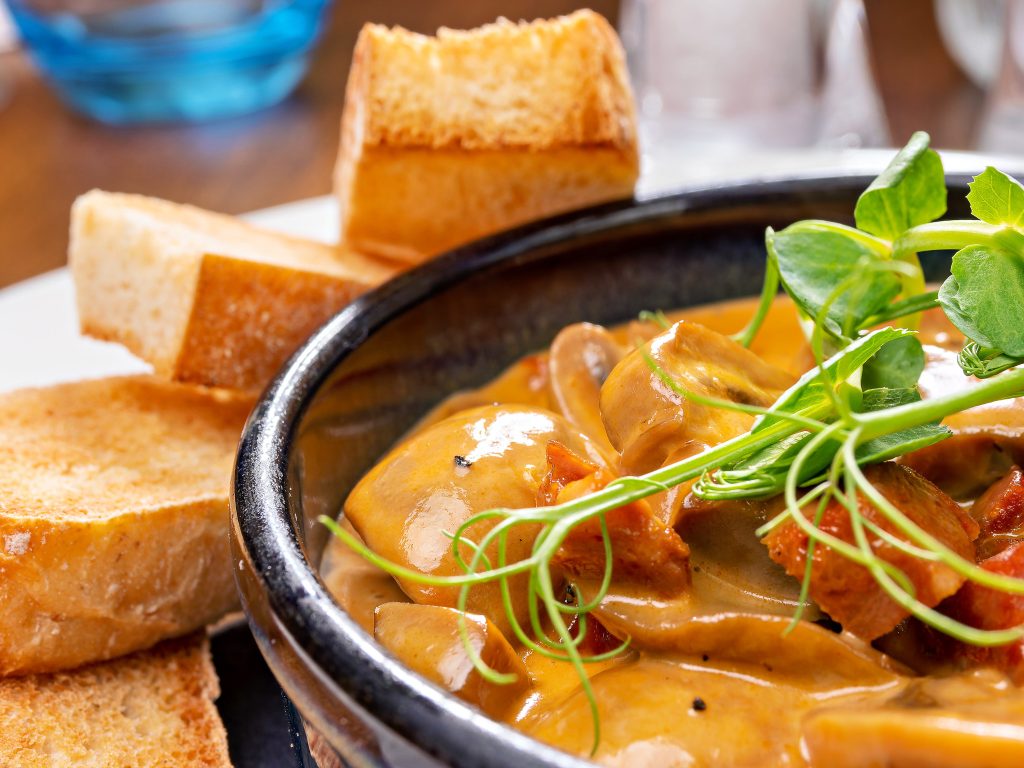
This shoot was requested by Hydes Brewery, based in Hyde, Manchester. The need for the images was to launch their menu revamp in time for summer. The dishes were being prepared as we photographed, and at a rather brisk pace too.
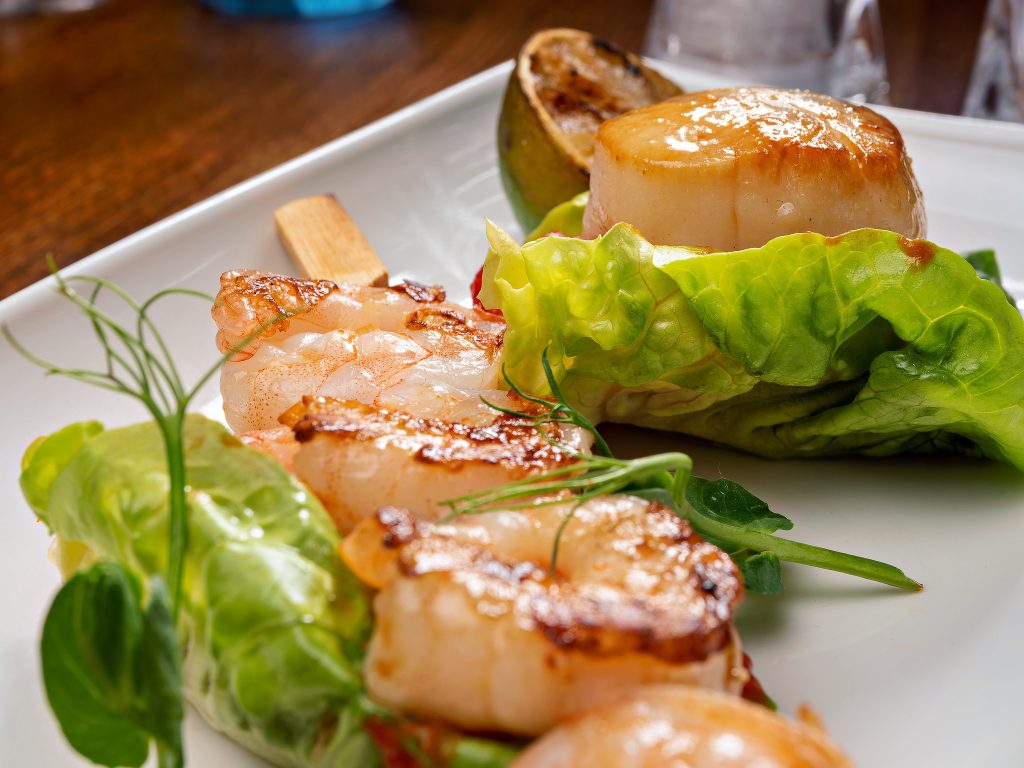
As is always the aim with food photography, you want to make the dish appealing to the prospective client. If it doesn’t make them hungry, they’re unlikely to want to visit the establishment. And what is it about a food image that makes anybody hungry? Oddly enough, the main contributing factor is light, I kid you not.
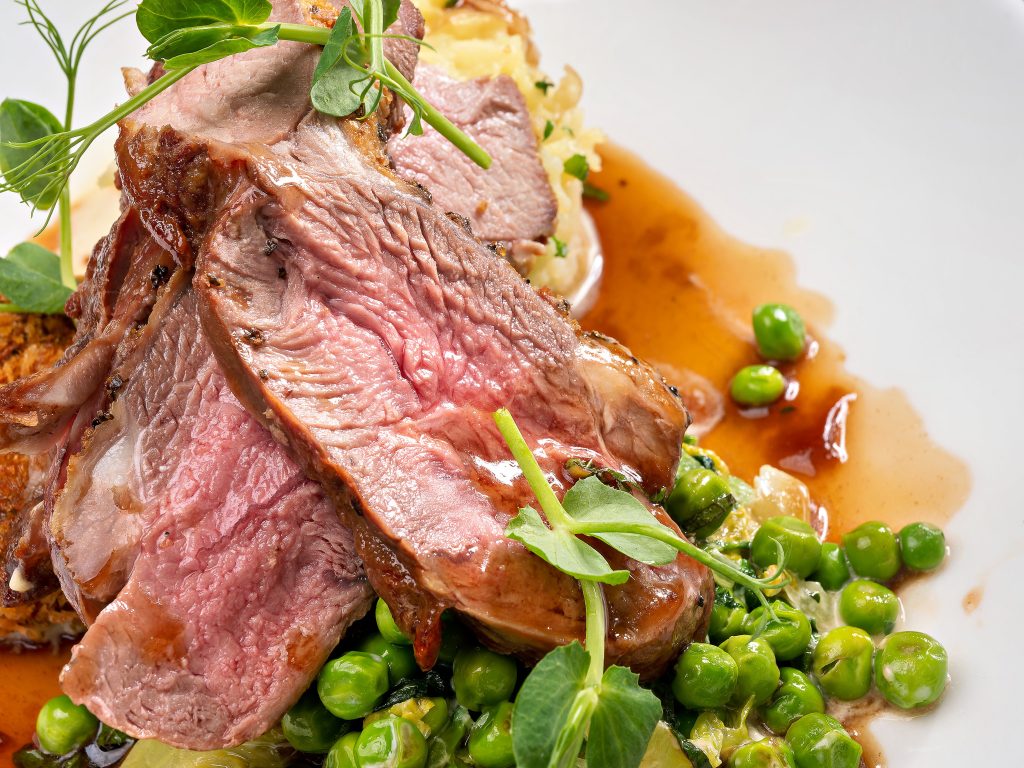
Light, or lack of it, can make a dish appear dry or moist. It can make the texture three dimensional, or make it completely featureless. Would you be more interested in a cake where you can see the texture clearly, showing just how fluffy and light it’s likely to be, or where you are told it’s cake, but the side looks completely featureless and smooth. Or what about the toffee sauce on a sticky toffee pudding? Would you want it appearing quite drab and lifeless, or with some highlight showing how wet it actually is?
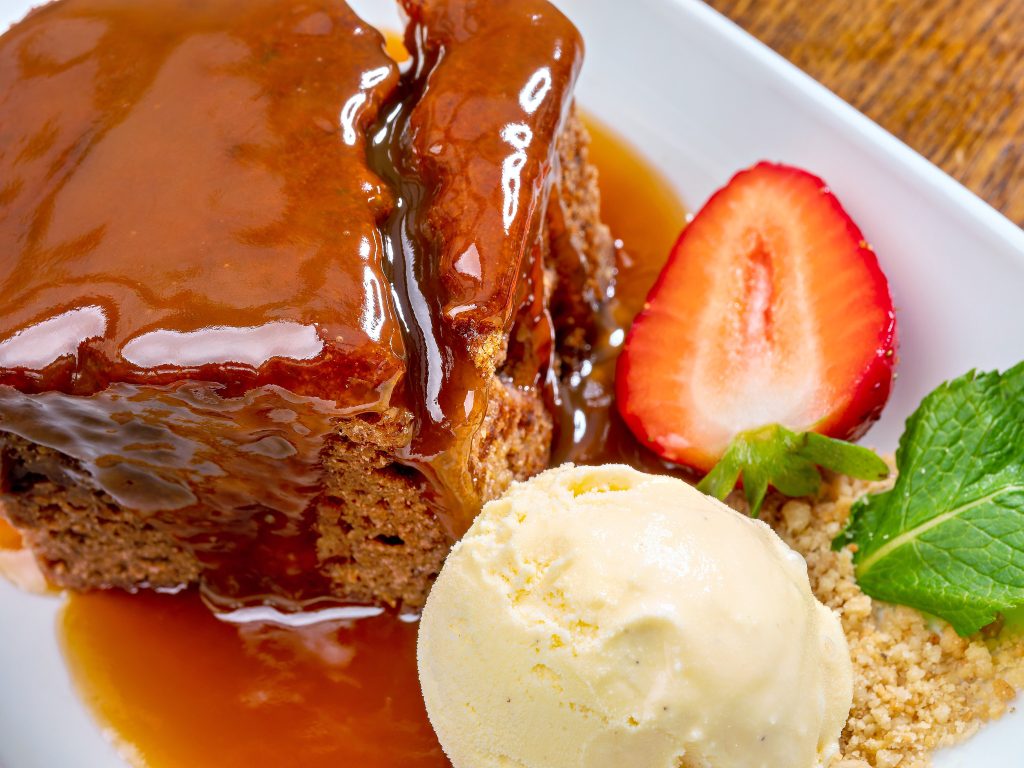
It’s surprising how effective light can be in making a dish appealing.
Sometimes window light is sufficient, but you are at the mercy of the weather, and also which way the window actually faces, too. Due to lower light levels on dull days, you may also find that the venue lighting can cause colour balance issues.
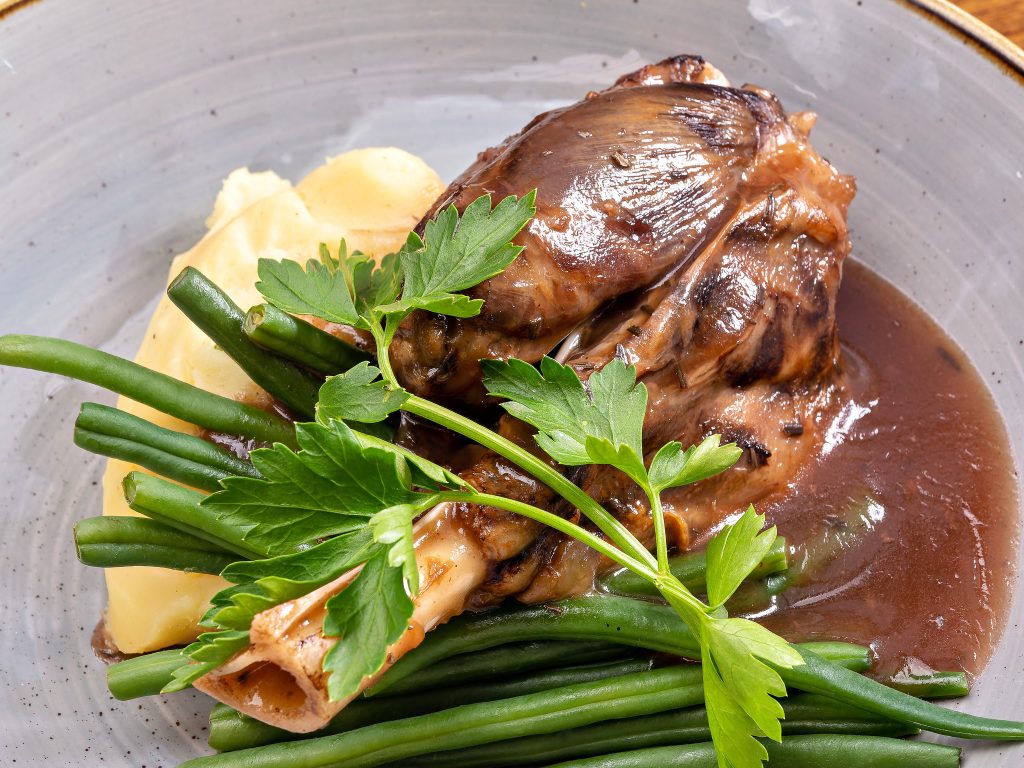
My own choice is to use strobes, as it allows me to create exactly what I want from the light, rather than having to adapt to what’s available. My usual kit choice is location strobes such as the Elinchrom ELB 500, but I will happily make use of speedlights when required, or if the food shoot has been sprung on me when I should have been photographing an event or the property itself. Yes, I often get the “Can you just…”
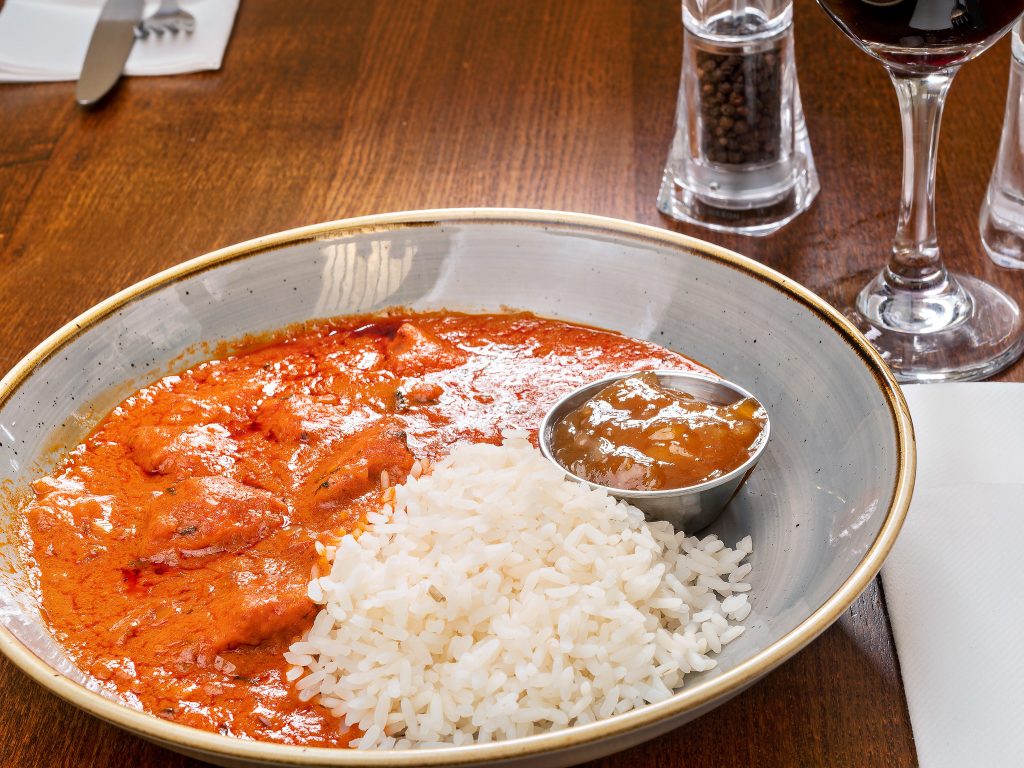
Anyway, getting back to the lighting, and working with Hydes Brewery. I wanted to work well above the ambient light levels, to ensure I had no light contamination from the room’s interior lighting. I placed the keylight immediately to my left, using an ELB 500 firing through an 80x80cm folding softbox and no grid. I didn’t want the light restricted to a pool over the dish, but rather have it spread further afield, to cover any perceived “background” within the image. I set the ELB 500 to fire at an output of 1.0 (Equivalent to 12Ws). This provided the overall light for the scene, and what I needed now was an accent light to bring up the detail on the curry, rice and mango chutney.
I placed another ELB 500 on the far side of the table, aimed towards the dish itself. It was firing through a standard 18cm reflector with a 30° grid fitted. The grid ensured the light lit only the dish, and didn’t cause flare due to it basically being aimed towards the camera. The output was set to 0.1 (Equivalent to 7Ws).
As you can see from the settings used above, the utilised power is easily within the range of even the most basic of speedlights. Generally speaking, you would use a speedlight at ¼ output for your key, potentially using a reflective umbrella as the modifier. The accent wold be another speedlight set to 1/8th output, and firing through a grid readily available on ebay. If you really want to go commando, you could use a rolled piece of card, mimicking a snoot.
Camera settings were:
Olympus E-M1 mkII 1/125th sec ISO200 12-40mm f2.8 at f10

